by Kevin M. Smith
Barleywine. It’s big, it’s bold, and it’s a malty concoction, characterized by dark fruit notes like fig and plum, and it can be hard to find. Sure, big boys of craft like Flying Dog with Horn Dog, and Sierra Nevada with Big Foot, still release their annual editions of the often boozy concoction, as does DuClaw with Devil’s Milk, but it feels like liquor stores are dedicating less and less shelf space to the style, in favor of fruited sours, sweet and hazy IPA’s, and pastry stouts (yes, they’re still a thing).
Those big, robust beers can still be found, if one is on the hunt for them. And it’s a style worth seeking out. While a barleywine is characterised by these dark fruit notes, and can be boozy, some of them can be dried out with their hop bill, and there can be a fair amount of diversity in the flavor profile – just beware of doing a personal tasting of these beers that often start in the neighborhood of 10 % ABV.
In addition to Flying Dog, and DuClaw, there are other breweries who produce the prodigious brew. Brewer’s Alley in Frederick has been known to produce one, and for the Frederick-area beer geek currently on the hunt, they might want to consider stopping in at Midnight Run Brewing Company on East Street. Owner/brewer Brent Turner said that they “love barleywine and always have. Barleywine has been a consistent tap for us since we have opened. By [early December] we’ll actually have two on tap. As brewers of mainly big beer, barleywines were always a beer that we liked to drink and a beer style that we wanted to brew. In a lot of ways they are the opposite of the new england IPA. The IPAs are brewed to showcase a specific hop or the synergistic effect of a blend of hops. This is great because you really get to learn about what an individual hop strain imparts on a beer.
“Barleywines offer the same thing, but showcase the malts. We brew single malt English barelywines; more traditional english barleywines; american hop forward barleywines; and of course we love to barrel age them as well. Right now we have an english style barleywine on tap called Samuel Ale Jackson. Dark orange to reddish in color, this beer was brewed with a lot of Vienna malt, with little hop impact, and has a wonderful and unique grape quality to it from the malt. The beer coming out next week is called Darkside Barleywine, a more traditional english style beer, right on the edge between amber and brown in color, deep malt character from a synergy of malt flavors, a beautiful floral english hop impact, and it’s super smooth for being a big beer. This one was an older recipe that we had yet to brew as an official brewery.”
In Southern Maryland, Eric Christensen at Gypsy Brewing has released a rye barleywine every year since opening. “It is called Rye in Rye and it is aged for a year in Sagamore Rye barrels,” said Christensen. “Interesting to note we did this before Sierra Nevada. Right now, we have 2018 still out there at some retailers and 2019 is more widely available. [The] 2020 is in the final stages of barrel aging and should be bottled in January/early Feb. We are working with Sagamore to obtain another barrel.”
The question of why it is a style that many breweries bypass on their annual calendar is something that Antietam Brewery’s Aaron Blessing speculated on. “When I first got into craft beer in the 90’s I loved this style. Unfortunately once you drink your first beautifully aged barleywine a freshly brewed barleywine just tastes ‘not ready yet,’” he explained. “It is because of barleywines that I still to this day have a beer cellar of wonderfully aged and aging beers. It is interesting that the composition of this cellar has changed over time from being heavily barleywine to a much more diverse selection including Belgian Quads, Bier de Gardes, Imperial Stouts, mixed culture brews, and special brewery releases that were designed to be aged. None of these are in cans. With the growing dominance of canned beer in the craft beer world I think we are going to see many of these amazing styles that are begging to be cellared being produced only by the few breweries that choose to invest in the ability to put beer in bottles.”
Christensen observed that “they are not low cal, hazy, sour, fruity, dank, or pastry/milkshake, so [they’re] not something the kids are looking for right now. That said, it is not a style that will go extinct either and was normally associated with winter seasonals that could be aged. The same folks who are after the latest triple IPA would likely appreciate a Barleywine if they would just give it a try.”
Turner agreed that the style seems to have taken a backseat in recent years. “I do think that the style is being overlooked,” he said. “It is definitely an older style and there is way more happening with hops when it comes to new flavor development. Right now breweries brew IPA, sours, big stouts, light lagers, and if they can handle it, wild sours/saisons. There just isn’t as much of a market for other styles like barleywines right now.”
With so many breweries focused on the New England/hazy IPA’s, fruited sours, and pastry stouts, Turner sees a bit of a parallel to amber beers, which he enjoys, but has pointed out have become harder to find. “Alaskan Amber is one of my all time favorite beers! Barleywine is a niche style that people do like and hopefully one that continues to be enjoyed,” he explained. “Unfortunately, a lot of breweries are bound strictly by what beers are selling and in a lot of ways that completely limits the creativity and style diversity of craft beer. I’m not saying Midnight Run is absolved of that by any means, we like IPA and brew the hazy just like the rest. Not every brewery likes or wants to brew big beer, not every brewery can brew big beer, and then of course there is the business aspect of it. Brew what you like, brew what sells – no argument from us!
“Another aspect is that everybody desires to be the most successful at their craft, we all see an industry slowly but surely being run by the hype beast breweries that are pushing out the beautiful hazy IPAs. Following convention is not a new thing in the beer industry – for the longest time everybody brewed light lagers and that is what the people drank. Times have changed and palates have definitely advanced but there is a new formula for success in the craft beer industry and it is being emulated all over. Oftentimes a beer that is not popular or that will not get favorably reviewed because it doesn’t meet the palate of the average consumer is more often than not getting shelved. Fortunately for us, we are very small and already have a niche of our own brewing big beers. These things allow us to continue to focus on a style that we love.”

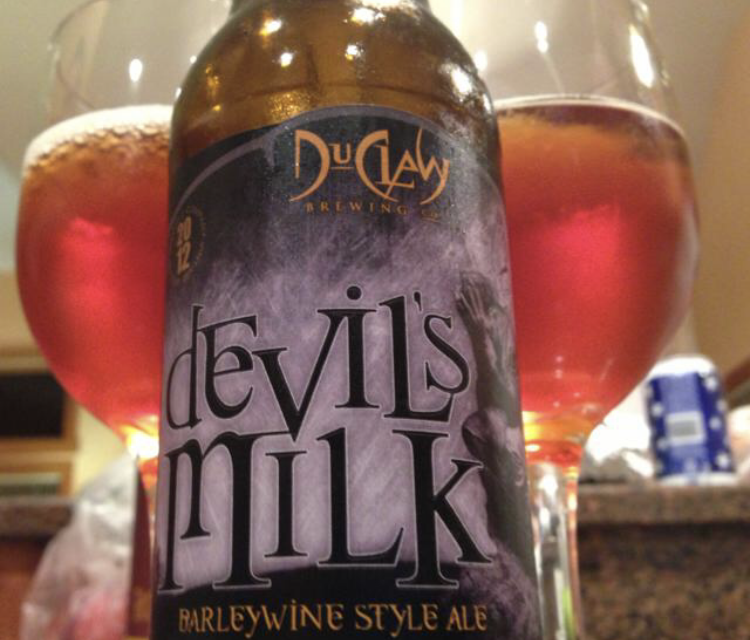

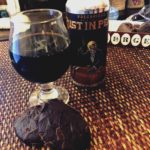
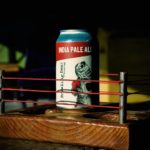
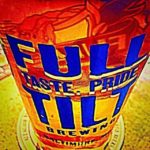
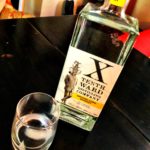
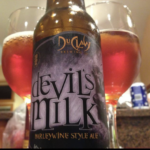
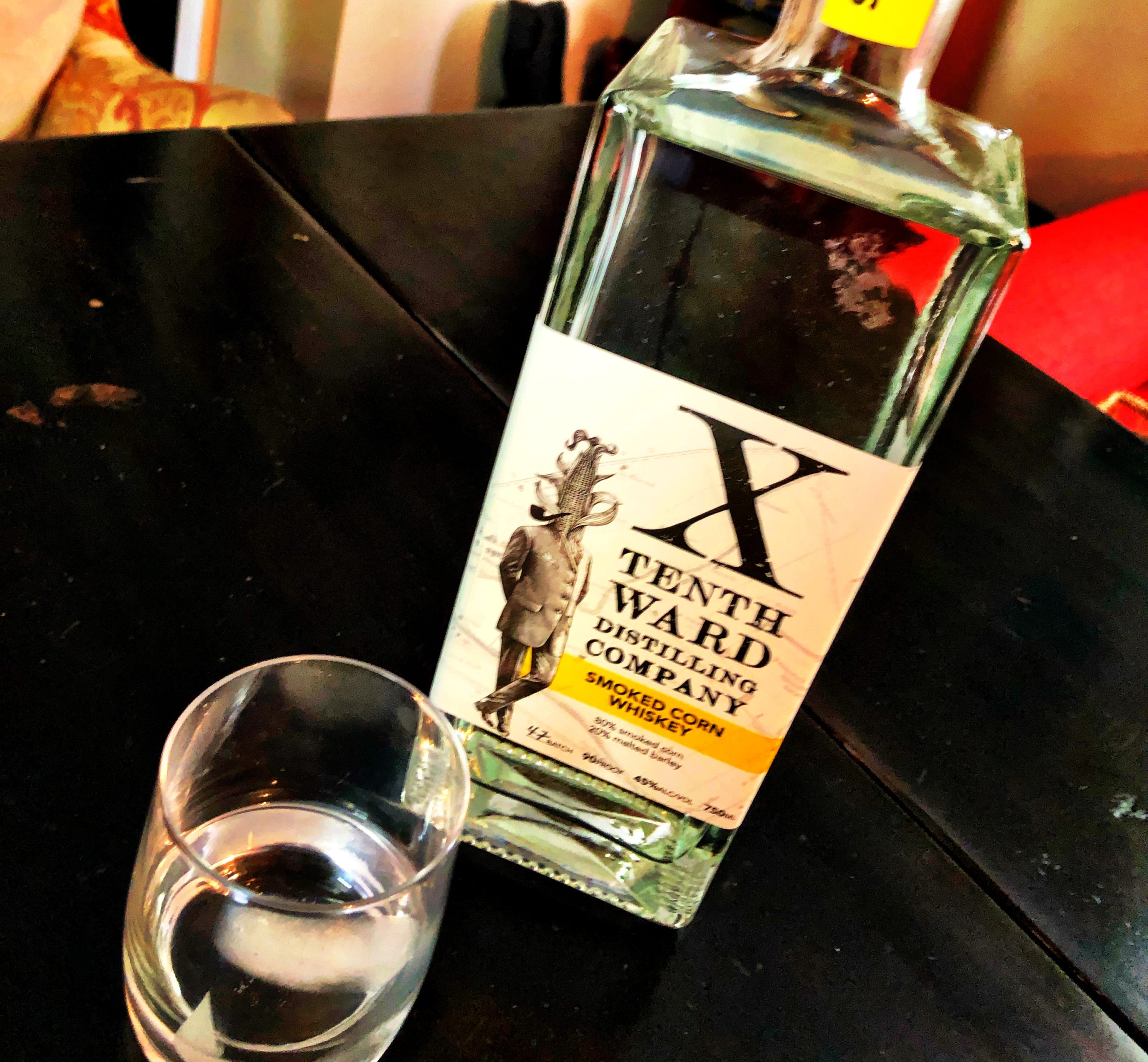
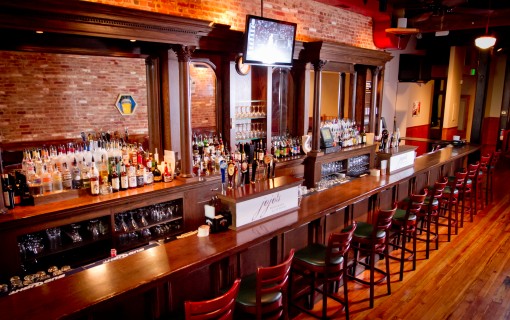
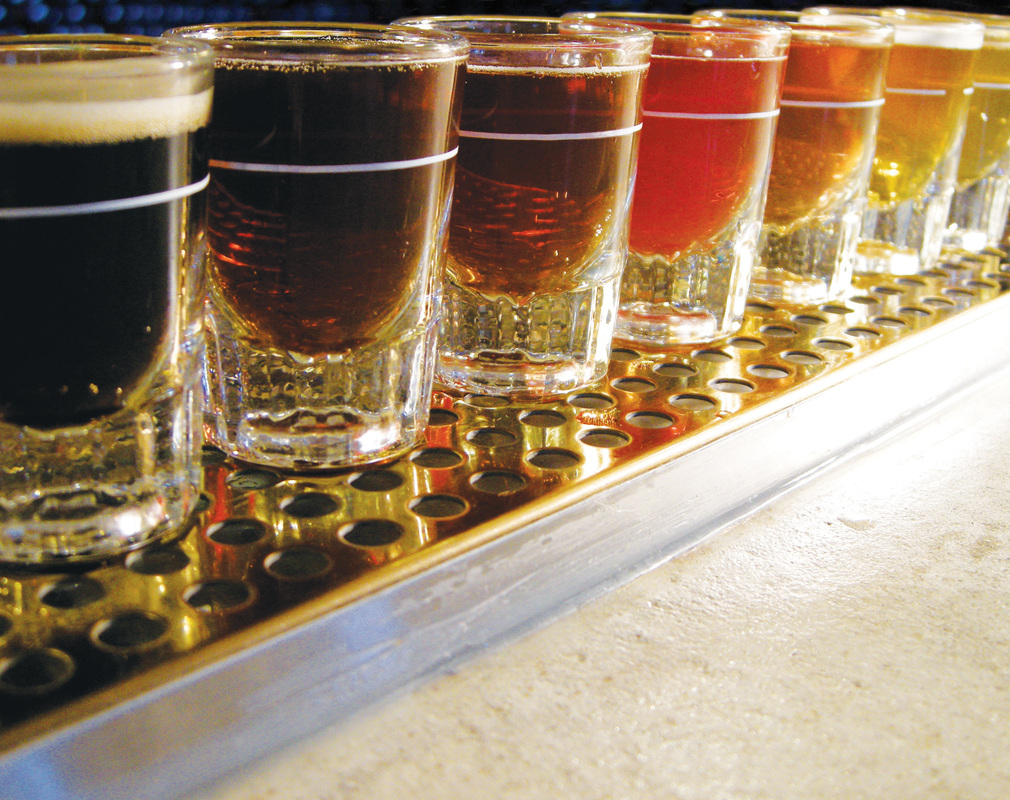
Follow Frederick Behind Bars!